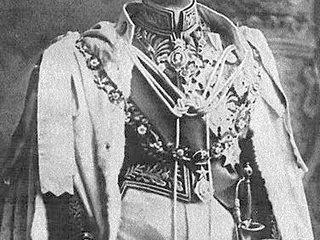The term "Sayyid" (سَيِّد), meaning "lord" or "master" in Arabic, refers to descendants of the Prophet Muhammad through his daughter Fatima and her husband Ali. Numerous dynasties throughout history claimed Sayyid lineage, establishing significant power and influence in various regions. While many shared a common ancestor claim, their histories and impacts diverged widely.
Prominent Sayyid Dynasties:
The Sharifs of Mecca:
Perhaps the most well-known Sayyid dynasty, the Sharifs of Mecca, held the custodianship of the holy city for centuries. Their power stemmed from their religious authority and control over the Kaaba. This lineage played a crucial role in Islamic affairs, influencing pilgrimage practices and wielding considerable political power within the Hijaz region. Their reign saw periods of both prosperity and conflict, shaped by regional and international forces.
The Sayyids of Jaunpur (India):
In India, the Sayyid dynasty of Jaunpur ruled a substantial portion of eastern Uttar Pradesh from the 14th to the 15th centuries. This dynasty, founded by Malik Sarwar, established a thriving and relatively independent sultanate. Their reign was marked by architectural achievements, notably the construction of impressive mosques and other structures that blend Persian and Indian styles. Their administrative systems and patronage of arts and literature left a lasting imprint on the region.
Sayyid Dynasties in Yemen:
Several Sayyid dynasties governed various parts of Yemen at different times. These dynasties often interacted with, and sometimes competed against, other powerful families and tribes. Their control over trade routes and fertile lands contributed to their significance. The specific history and influence of these dynasties varied depending on the region and period under consideration.
Significance and Legacy:
The Sayyid dynasties, despite their geographical and temporal differences, share a common thread of claiming descent from the Prophet Muhammad. This claim provided them with religious legitimacy and considerable influence. Their political achievements, architectural contributions, and social impact continue to be studied and debated by historians. Understanding their diverse histories enriches our understanding of Islamic history, political dynamics in various regions, and the enduring legacy of claims to religious descent.
Further research into specific Sayyid dynasties—examining primary sources, genealogical studies, and detailed historical accounts—is crucial for a complete understanding of their roles in shaping the cultural, political, and social landscapes of their respective regions.







 (24)jpeg-1722421859875.jpeg.webp)












